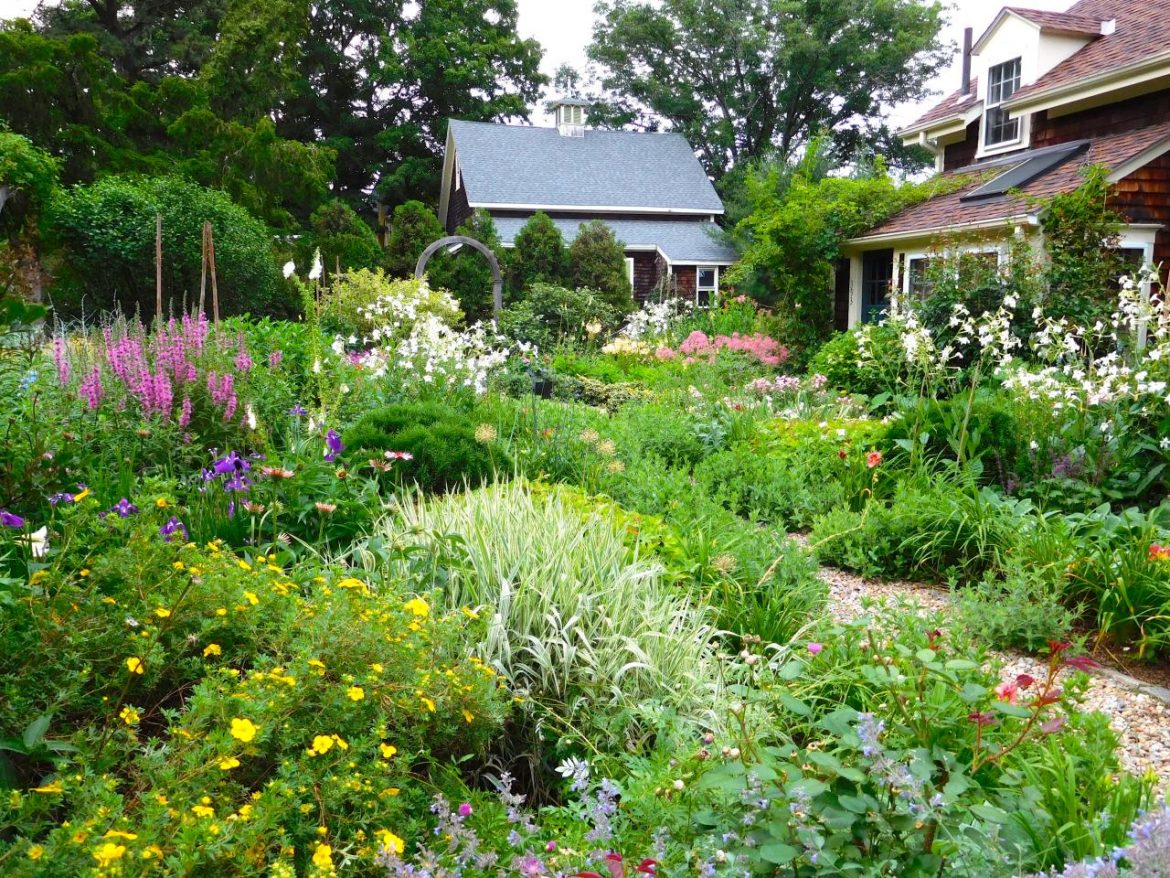Turfgrass — the narrow-leaved grass species that gives suburban neighbourhoods that American Dream quality — covers more of the US than corn, wheat, and orchards combined. Over 40 million acres of land in the US is covered in turf. A 2005 NASA study derived from satellite imaging found that turf grasses took up nearly 2% of the entire surface of the continental United States, covering an estimated 63,000 square miles.
Turf grasses are popular because they are easily transplantable into other lawns — they can just be rolled out in strips. The turf grasses you might be familiar with are Kentucky bluegrass, creeping bentgrass, perennial ryegrass, Bermuda grass, zoysia grass, and St. Augustine grass. But, as often is the case with quick fixes, turfgrass may not be the best for the environment.
To have a very green lawn, it takes a lot of water. Sprinklers run almost every day to keep the grass soft and luscious. But as drought plagues the United States, especially in areas like California, the green lawns of turfgrass become almost a scarlet letter for using too much water — #droughtshaming even photographed extremely green lawns and posted it on social media to convince people to use less water on their lawns. Turfgrass also requires fertilizer in some places to keep the lawn weed-free and verdant.
But having a green lawn does not have to come at great cost to the environment. Instead of irrigating with freshwater from sprinklers, try using ‘greywater’, which is the recycled water from laundry loads and shower water. Also, instead of using harmful chemical fertilizers, switch to an organic alternative which combines natural ingredients like manure and compost to create a healthy lawn.
But to truly commit to an eco-friendly lawn, your next step should definitely be exploring alternative lawn care techniques in your area. Very region-specific, alternative lawn care involves growing native grasses and plants to create a luscious garden that — since it is naturally designed to thrive in your area — makes the most effective use of the nutrients in the soil and water availability. Groundcover grasses, which don’t grow tall, eliminate the need for mowing and their natural inclination to smother weeds helps limit the use of fertilizer required. Ornamental grasses species are a little more diverse and can grow much taller. They are especially efficient in areas affected by drought. And finally, mosses and perennial beds are very low maintenance and come back naturally each year, eliminating a lot of work in the winter. Perennial beds do require some level of planning however because they need to be rotated every couple of years to keep the soil healthy and fertile.
This year, when the summer season draws to a close, consider investing in a different kind of yard. And maybe, as the United States gradually shifts towards a more eco-friendly mentality, lawns like the one below will become the new icon of the American Dream.
 Food
Food Farmers
Farmers Sustainable Living
Sustainable Living Living Planet
Living Planet News
News